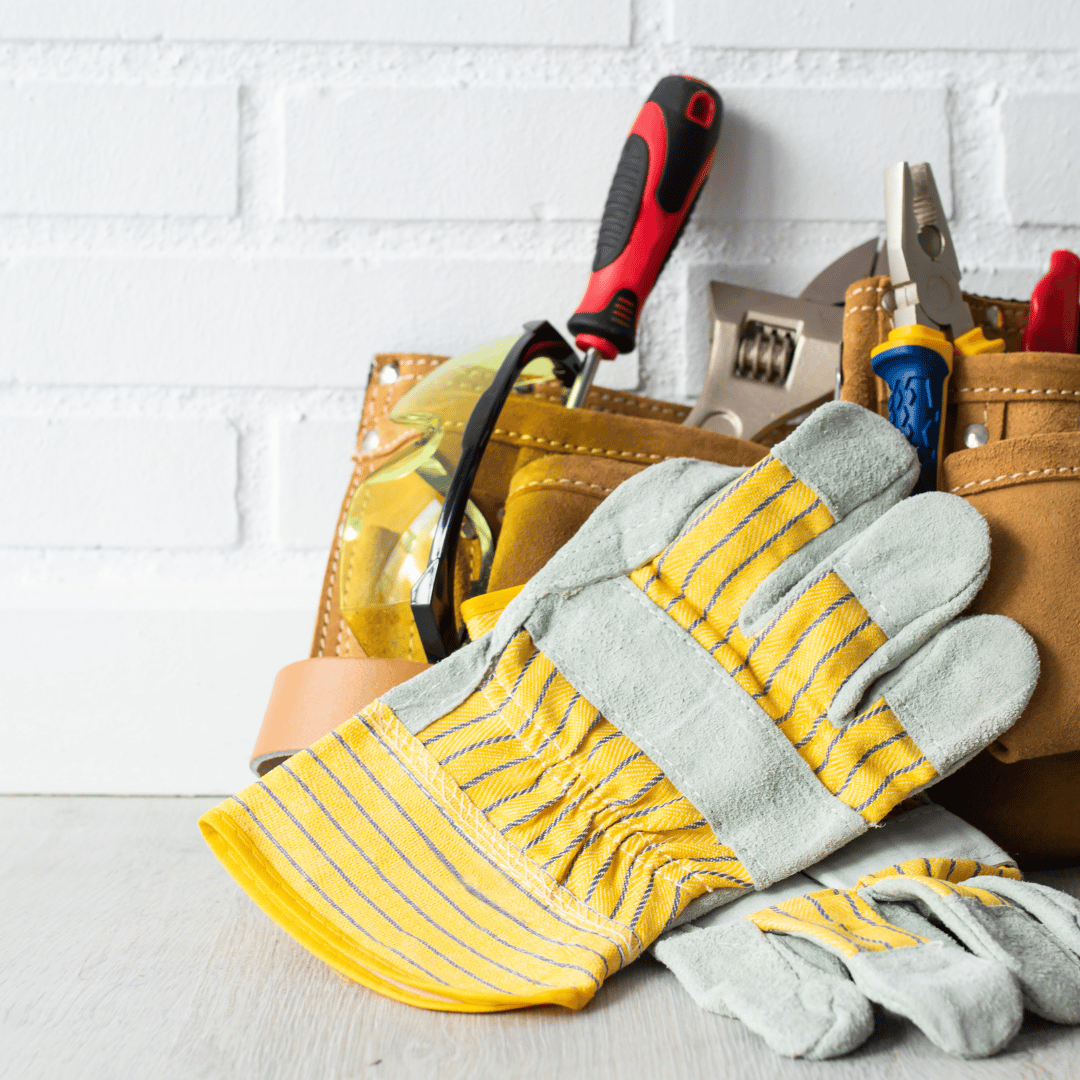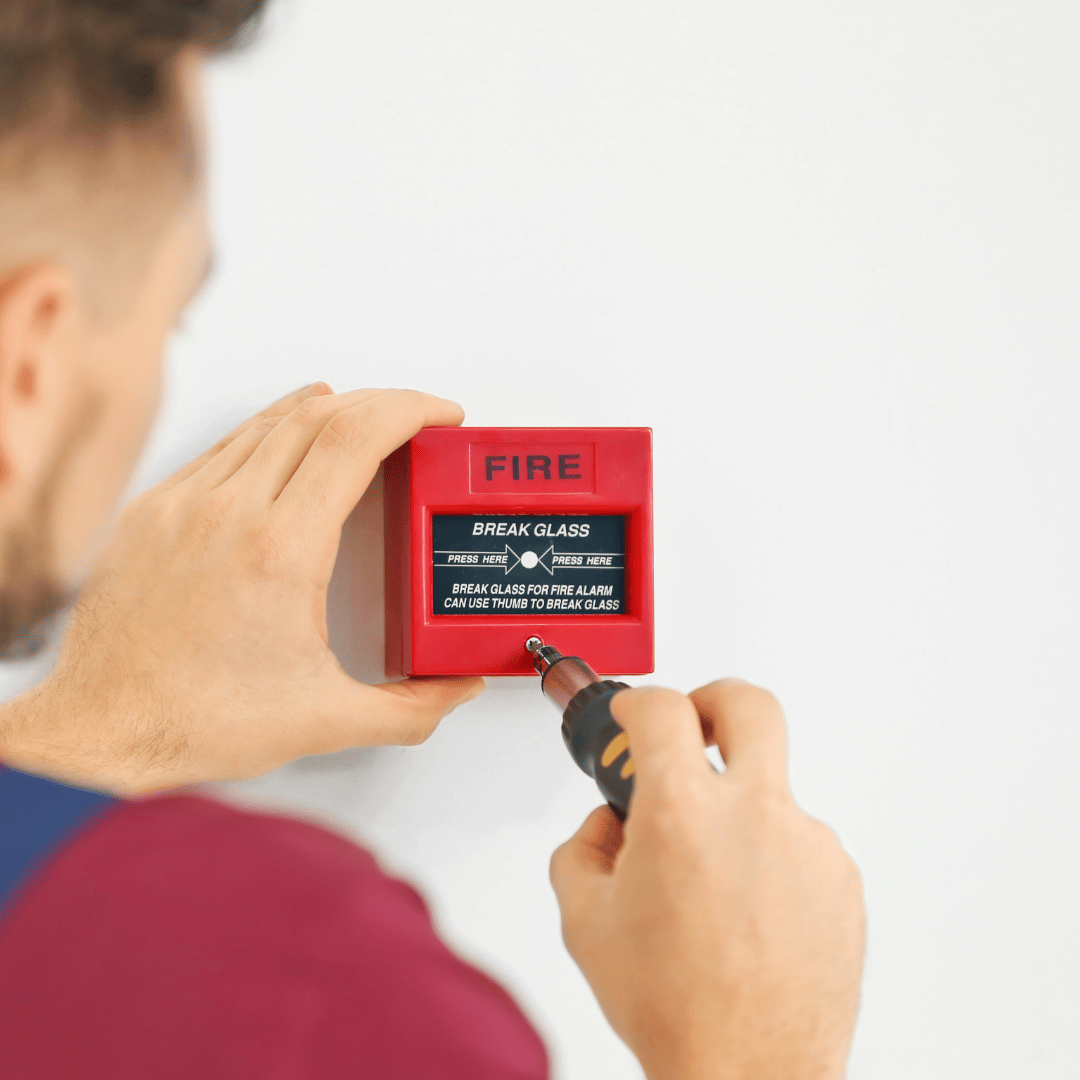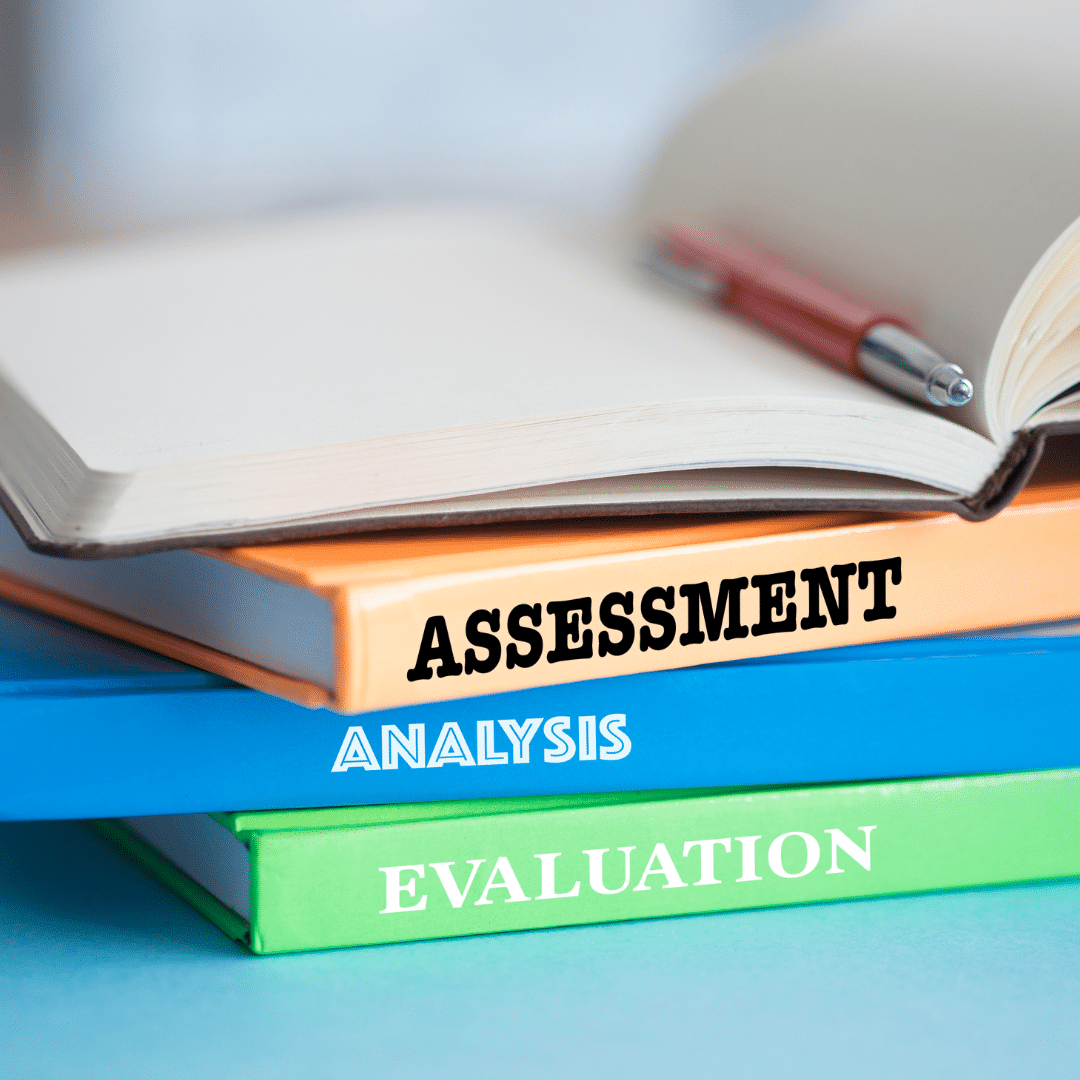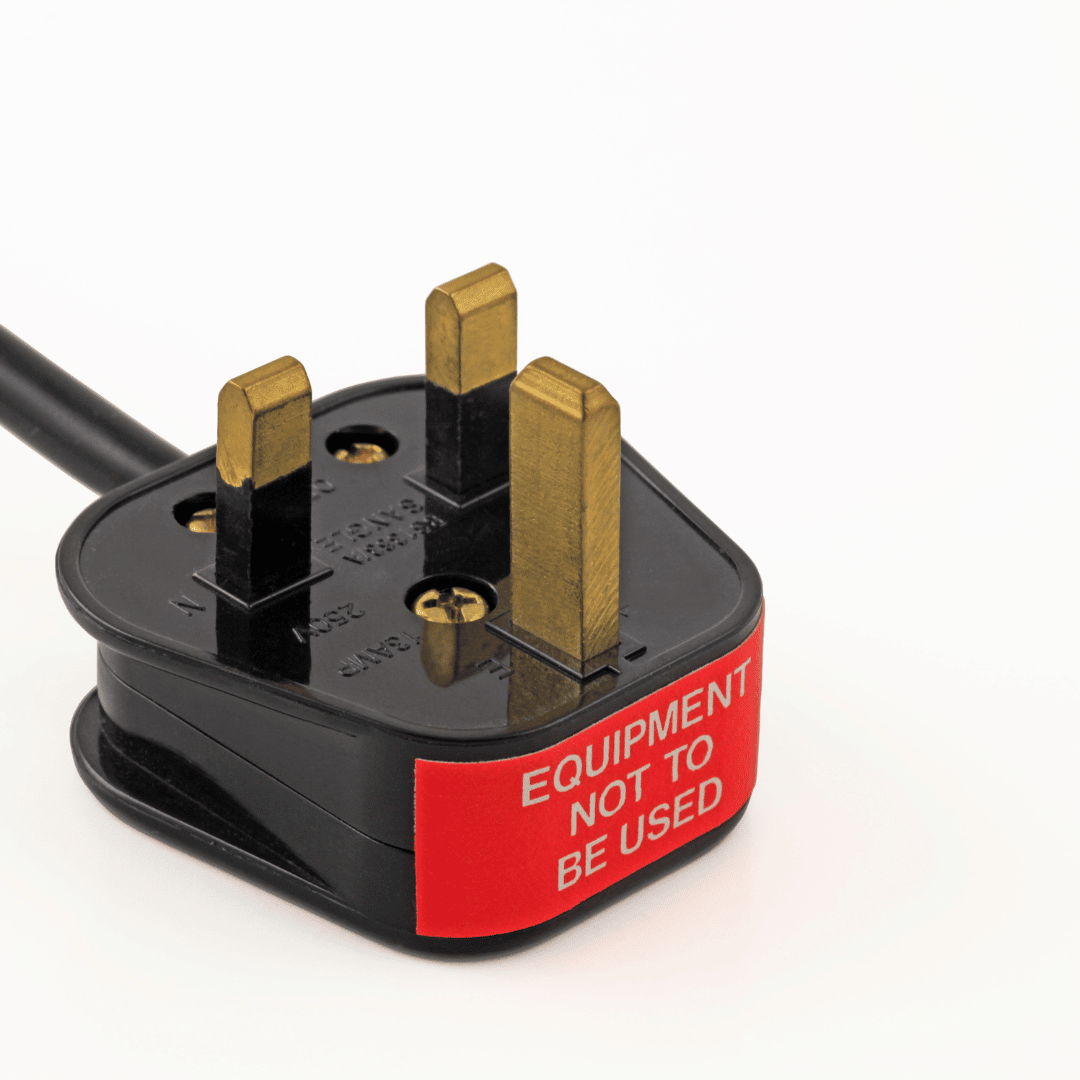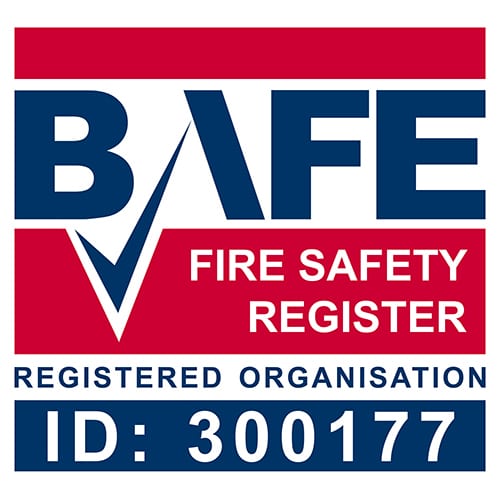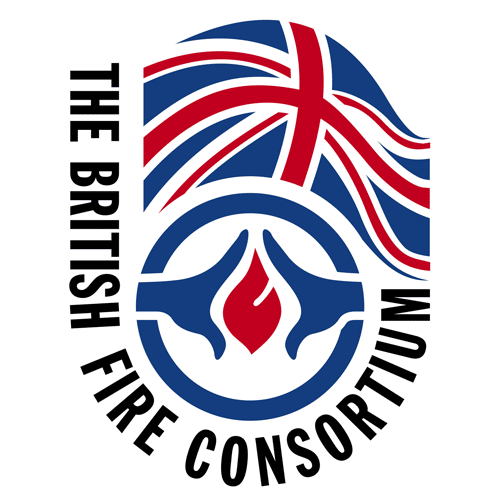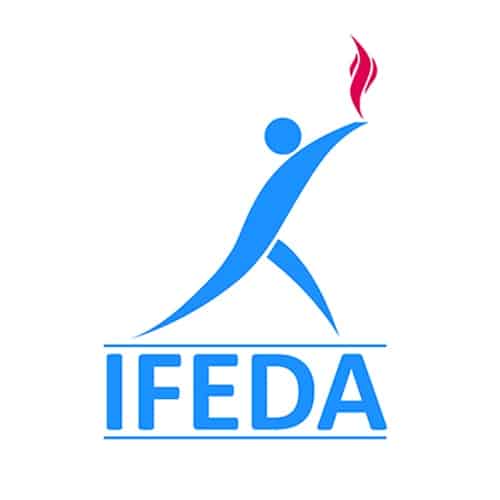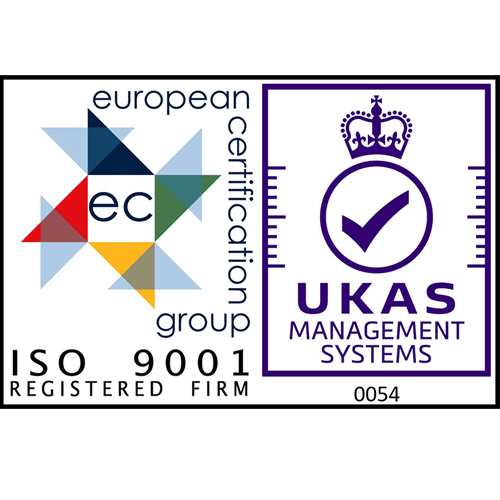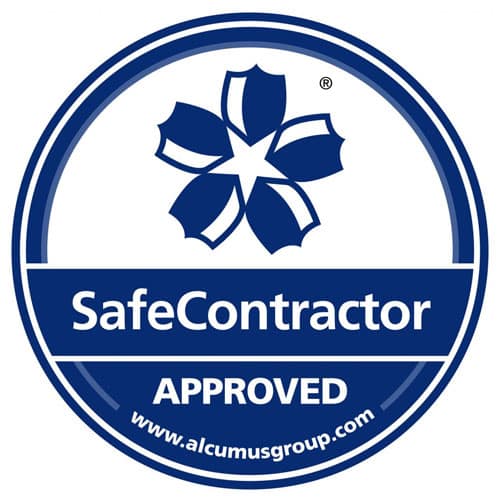Classes of Fire
When it comes to fire safety, understanding the different classes of fire is important to ensure that the right fire safety precautions are taken. As a business owner, it is important to ensure that all employees, including yourselves, understanding fire safety and is able to tackle small fires that may break out, or know how to respond safely to fires if they are too big to handle.
At Brookside Fire Service in Rubery, we offer bespoke fire safety training courses that help you to understand everything about a fire, including the different classes of fire, the safety precautions you can take in the event of a fire, and when to safely evacuate a building.
Get in touch with our team today to book your fire safety training course.
The 6 Classes of Fires
There are 6 different classes of fires, all of which can be detrimental if not handled correctly. At Brookside Fire Service, our bespoke training courses have been designed to help train everyone in basic fire knowledge and safety within the workplace.
The 6 classes of fire to be aware of are:
- Class A: Combustible Materials
- Class B: Flammable Liquids
- Class C: Flammable Gases
- Class D: Combustible Metals
- Class E: Electrical Fires
- Class F: Cooking Fats & Oils
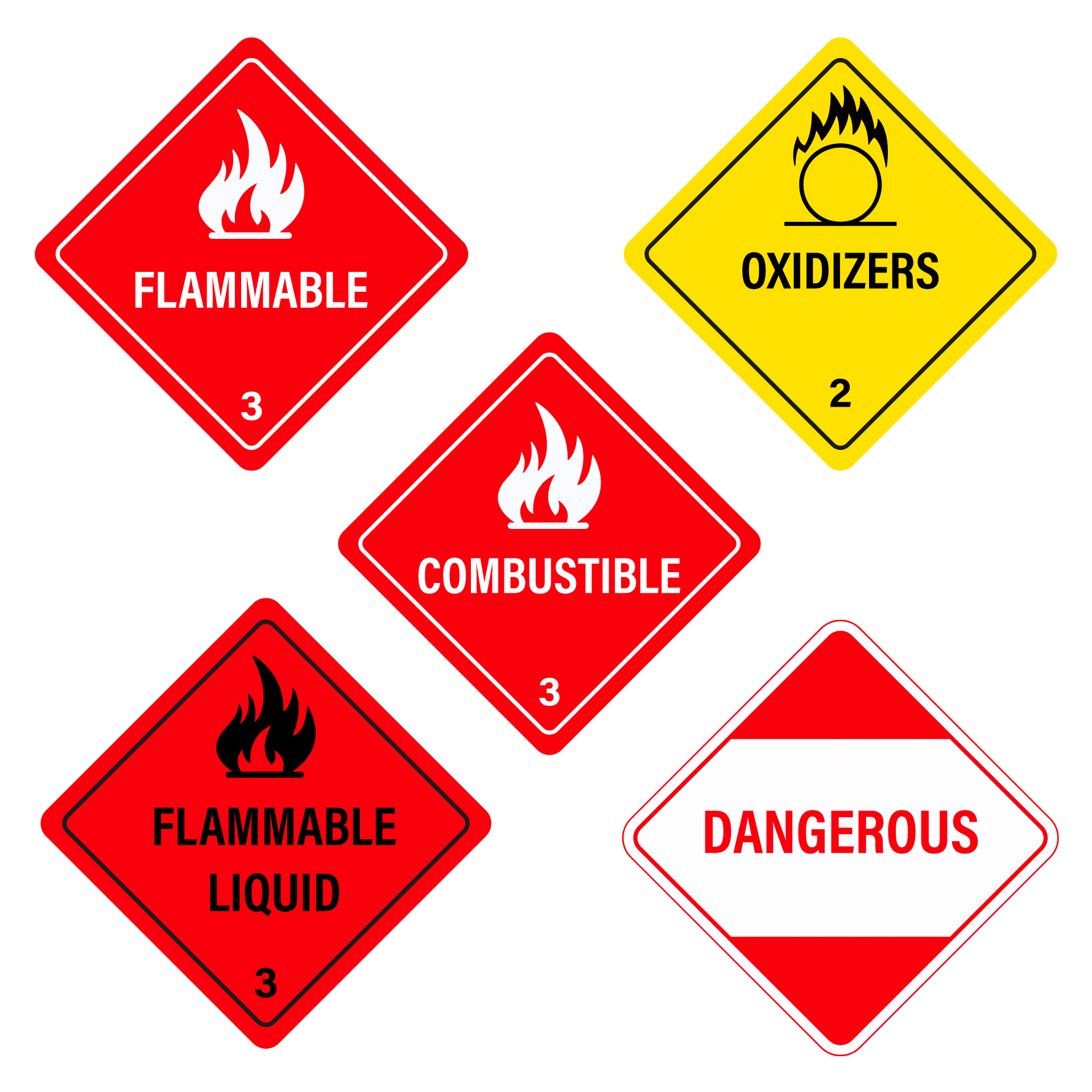
Class A: Combustible Materials
These fires are often caused by a naked flame or high temperatures coming into contact with combustible materials. Combustible materials include wood, paper, and cloth as examples.
Typically, most premises are at risk of a Class A fire due to the common combustible materials that can cause these types of fires.
Class B: Flammable Liquids
Flammable liquids, such as petrol or spirits, are by design dangerous when not stored correctly. If exposed to any kind of ignition source, these can be incredibly dangerous and susceptible to fire.
Often, places like petrol stations, construction sites, laboratories, bars and other similar establishments are at risk of Class B fires.
Class C: Flammable Gases
All flammable gases should be stored correctly in a sealed container, being operated by only competent personnel. These include gases such as propane and butane; highly flammable gases that when exposed to ignition can cause devasting fires.
Manufacturing warehouses, or chemical plants are examples of locations that are more susceptible to these kinds of fires due to storing higher volumes of flammable gases.
Class D: Combustible Metals
Combustible, or burning metals, such as magnesium, lithium and sodium are likely to cause a fire if ignited. These materials cause more of a fire risk when found in laboratories, warehouses and metal fabricators.
Class E: Electrical Fires
Electrical fires are possible in any working environment where electricity if used. This type of fire should not be tackled with liquid based fire extinguishers for risk of further spreading it further.
Class F: Cooking Fats & Oils
A Class F fire is at higher risk of occurring in restaurants and kitchens where these cooking fats and oils are used. Much like electrical fires, these can be made worse with liquid-based extinguishers.
At Brookside Fire Service, we offer training courses for all individuals, helping them to understand these classes of fire and how best to tackle them. We also ensure that everyone is able to safely use fire safety equipment in the event of a fire.
Book one of our fire training courses today & ensure that your workforce is clear on fire safety.
Types of Fire Extinguishers
As with classes of fires, there are different types of fire extinguishers; it is important as part of basic fire knowledge to understand what kind of fire extinguisher can be used in which class of fire.
The 5 main types of fire extinguishers are:
- Water (Red)
- Foam Spray (Cream)
- Dry Powder (Blue)
- Carbon Dioxide (CO2 Extinguishers) (Black)
- Wet Chemical (Yellow)
Each type of extinguisher works in the same way but will clearly state which type of extinguisher it is and have a different colour strip for identification.
- Water extinguishers are to be used on Class A fires only.
- Foam Spray extinguishers can be used on Class A or Class B fires.
- Dry Powder extinguishers can be used on Class A, B, C, D & E fires.
- Cardon Dioxide extinguishers are to be used on Class B and E fires.
- Wet Chemical extinguishers are for use on Class A and F fires.
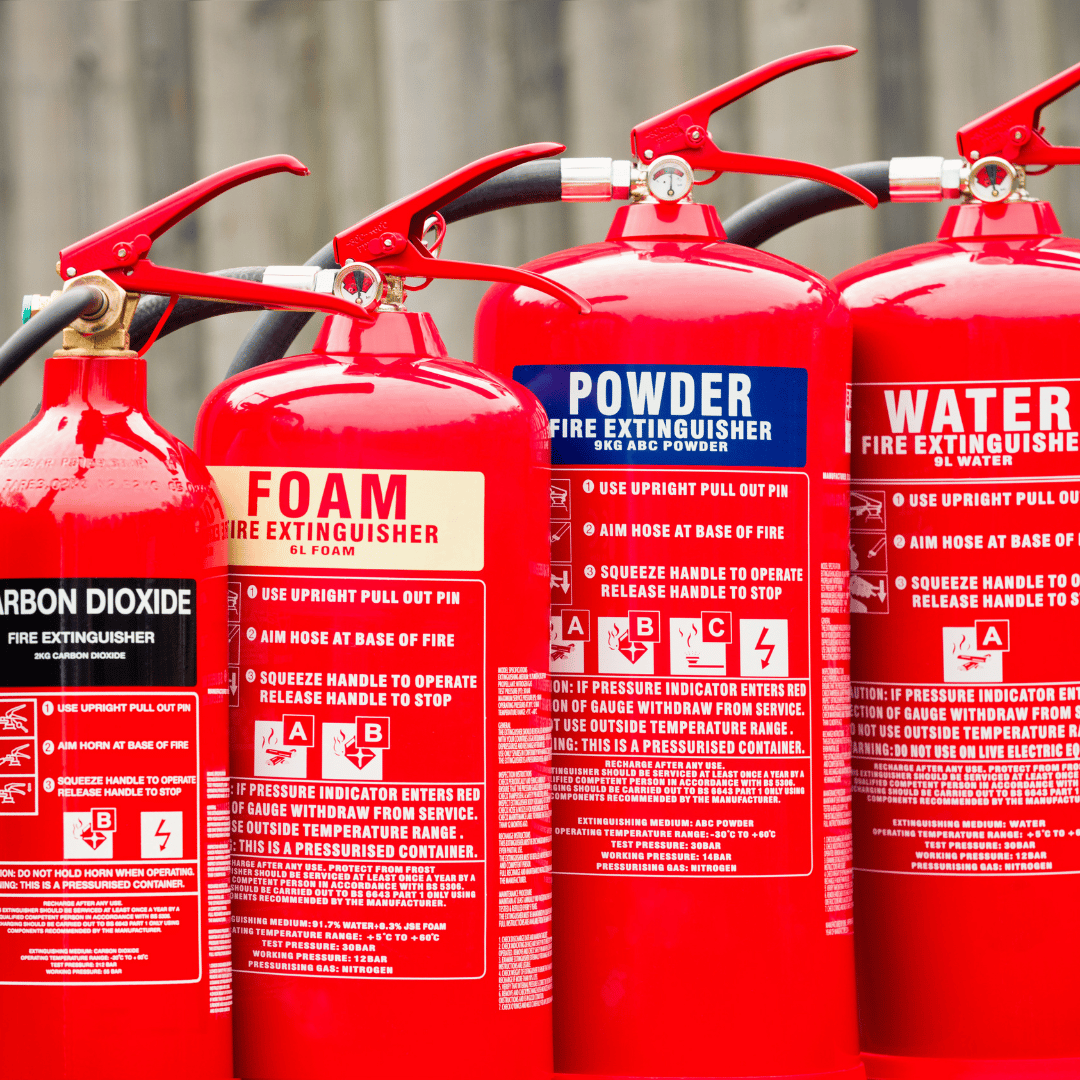
At Brookside Fire Service, our team of professionals will come out to your premises and complete a fire risk assessment. This will ensure that they have taken into consideration every form of hazard within your workplace before recommending the necessary fire safety equipment that should be accessible.
Upon the completion of a fire risk assessment, our team will recommend the right fire safety equipment for your business. With fire extinguishers, we can recommend, install and maintain these for you. This means that you can be sure that your fire extinguishers are right for the hazards noted and that they are all working correctly.
Speak to our team today to book your fire risk assessment, or to get your fire extinguishers.
Fire Safety Training Courses
Alongside providing high-quality fire safety equipment and services, Brookside Fire Service provide bespoke training courses that ensure everyone is trained in basic fire safety and fire marshal responsibilities. All training given is up to date and in line with all current UK fire safety regulations.
If your team needs to bring their fire safety knowledge up to date, book our training courses today.
Fire Safety & Training with Brookside Fire Service
Whether your team needs fire safety training from scratch, or you simply need to get some new fire marshals trained, at Brookside Fire Service, we can provide the right information for your staff with confidence. We offer a theoretical approach mixed with practical guidance to ensure that everyone understands the basics and is confident in acting safely in the event of a fire.
Whilst training your staff, ensure that your workplace is safe in the event of a fire with the correct fire safety equipment, signage and assessments. At Brookside Fire Service, our team is here to help provide you with a clear risk assessment and ensure that your equipment is maintained and fully functioning.
Speak to our team today and let us help you and your business!

